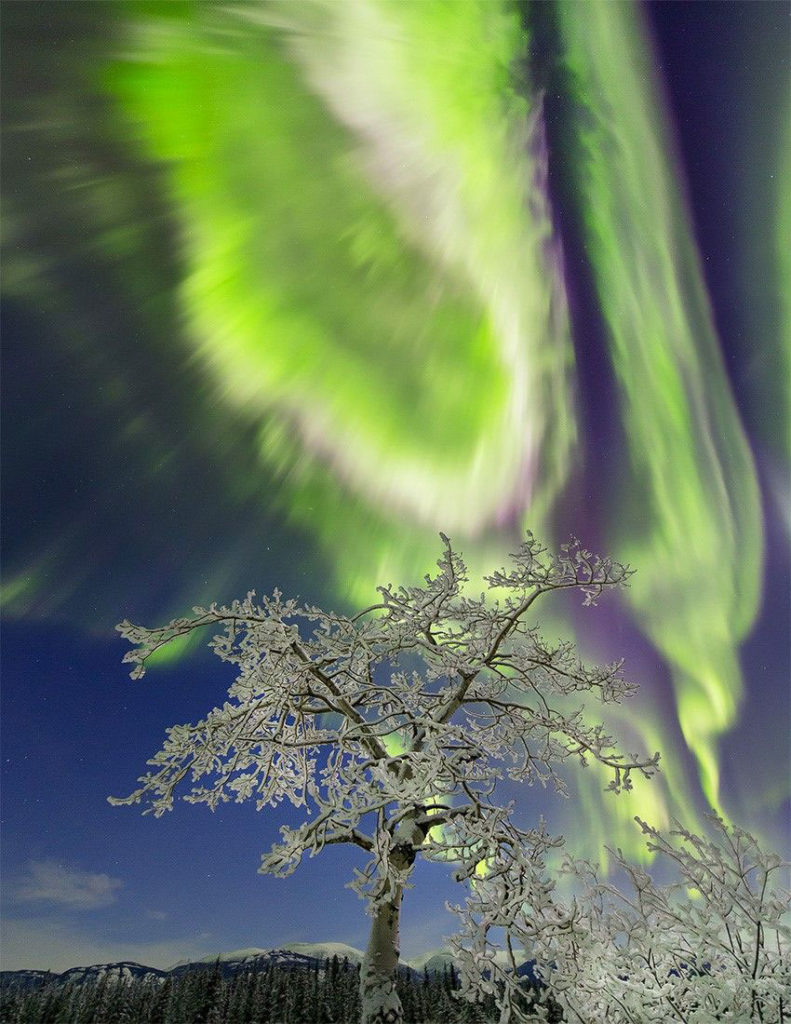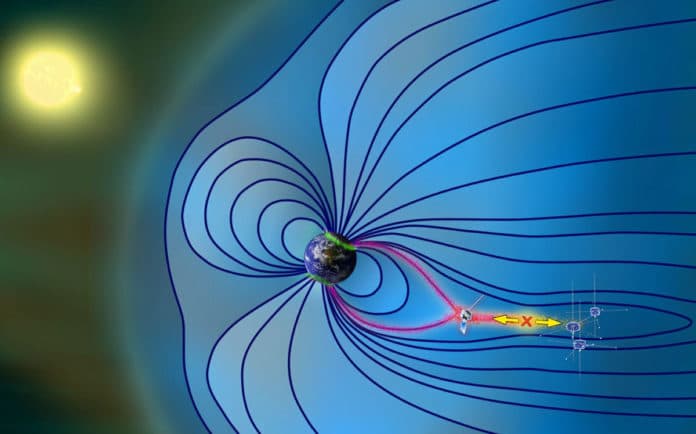Space storms are the prevailing contributor to space weather. During storms, rearrangement of solar wind and solar wind and Earth’s magnetic field lines at the dayside enhances global plasma circulation in the magnetosphere.
Recently, NASA THEMIS mission team detected that such storms could originate much closer to Earth than previously suspected, overlapping with the orbits of critical weather, communications, and GPS satellites.
Magnetic storms can create stunning northern lights or perilous particles careening toward spacecraft and astronauts, destroying them out for the count. Under specific conditions, magnetic storms can disable the electrical grid, disturb radio communications and erode pipelines, in any event, making extreme aurora visible near the equator.
Researchers didn’t think magnetic reconnection could occur in the comparatively stable magnetic field configuration close to Earth. A climate satellite that was closer to Earth in geostationary orbit detected stimulated particles that are related to magnetic storms.
The satellite observed magnetic reconnection only about three to four Earth diameters away. Later, a weather satellite, which was nearer to Earth in geostationary orbit, detected energized particles associated with magnetic storms.

The weather satellite proved that this near-Earth reconnection stimulated ion and electron acceleration to high energies, posing a hazard to hundreds of satellites operating in this common orbit. Such particles can damage electronics and human DNA, increasing the risk of radiation poisoning and cancer for astronauts. Some particles can even enter the atmosphere and affect airline passengers.
Vassilis Angelopoulos, a UCLA professor of space physics, said, “Only with such direct measurements of magnetic reconnection and its resulting energy flows could we convincingly prove such an unexpected mechanism of storm power generation. Capturing this rare event, nearer to Earth than ever detected before, forces us to revise prior assumptions about the reconnection process.”
The team’s findings are published in the journal Nature Physics.
